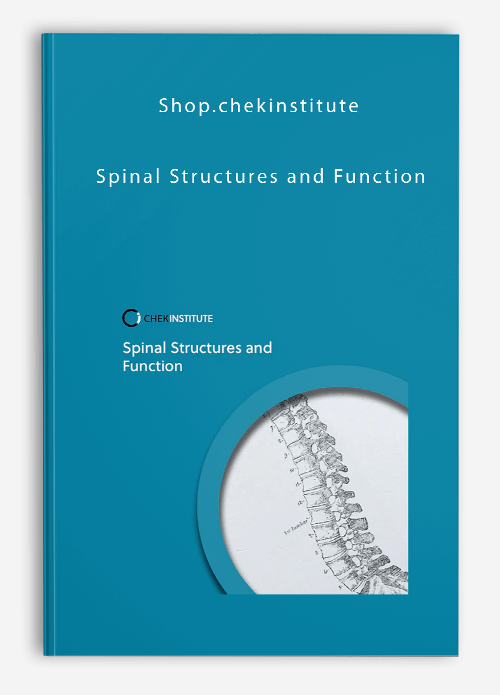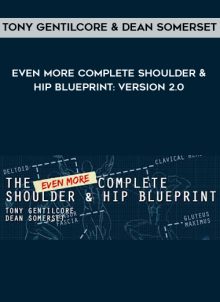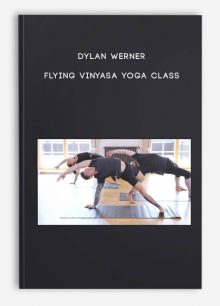Shop.chekinstitute – Spinal Structures and Function
$49.00
Taking the evolution of the spine for granted, one discovers a revelation in animal movement. This evolution has unlocked the potential for more effective locomotion through the three dimensions of space, avoiding the body folding in on itself.
Delving into Spinal Structures & Function, one explores the spine’s evolution to support survival and the formative forces shaping its evolutionary and embryological development. Armed with this understanding, a comprehensive image emerges of the consequences when things go awry—be it injuries, compromised tissue function due to repetitive loading, or muscle activation inhibited by pain.
Providing cutting-edge insights and evaluating some of the more controversial aspects of current spinal research, Spinal Structures & Function convincingly demonstrates that gaining a real-world comprehension of spinal health cannot be achieved solely by peering through a microscope or crunching data.
Built on the latest neurophysiological understandings concerning spinal function and the myriad lifestyle and emotional factors influencing it, the course emphasizes that a true understanding of spinal health goes beyond conventional methods.
Despite the broad coverage of standard orthopedic spinal conditions, the course extends beyond mere focus on injuries or rehabilitation. It encompasses performance enhancement, emphasizing how to maximize the potential of your spine in sports or daily activities.
- 12 videos
- 4 hours and 40 minutes of footage
- Online Exam
- Certificate of Completion
WHAT YOU’LL LEARN
- How to apply the Phase Progressions model of exercise in rehabilitation and conditioning of the spine
- Key factors to effectively work with people experiencing spinal pain.
- In-depth applied information on 8 of the most common spinal conditions you’re likely to encounter with your clients.
- How allostatic load plays a key role in predisposition to spinal injury, and also in managing a return to full function.
- Why “core stability” has undergone much criticism; and why it’s still critical to understand in context and to deploy at the right time.
- How to apply the CHEK Success Formula to spinal rehabilitation and conditioning
Successfully understanding the spine is not only about learning anatomy, movements or injuries, but is about gaining a working knowledge of how spinal function can be optimized to effectively transfer force between the legs and the arms for peak performance. It is about understanding the spine’s role, not just in the musculoskeletal system, but within the system of systems that is the human body. This is why the CHEK approach to Spinal Structures and Function is like no other course in this field – it’s the spine seen through the uniquely holistic, integrated lens of the CHEK Institute.
Salepage: Shop.chekinstitute – Spinal Structures and Function
More courses from this author: Shop.chekinstitute
Be the first to review “Shop.chekinstitute – Spinal Structures and Function” Cancel reply
Related products
Health – Fitness – Medical
Even More Complete Shoulder & Hip Blueprint: version 2.0 by Tony Gentilcore & Dean Somerset
Health – Fitness – Medical
Dr. Stephen E. West – The Golden 7 Plus Two (The Art of Lymphasizing)
Health – Fitness – Medical
Health – Fitness – Medical
Health – Fitness – Medical
Health – Fitness – Medical










Reviews
There are no reviews yet.